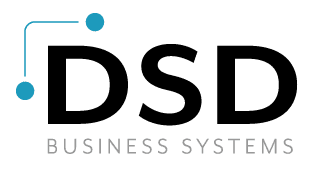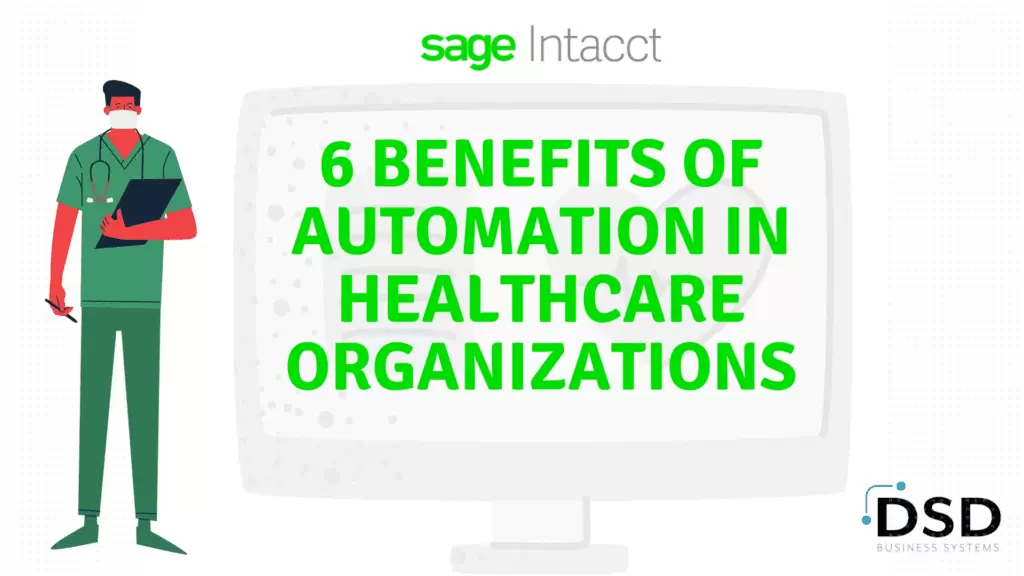6 Benefits of Automation in Healthcare Organizations
May 6, 2020
Did you know
3 out of 4 hospitals and health systems CEOs cite overall cost reduction and efficiency as one of their top two financial priorities, HealthLeaders recently reported.
With the healthcare industry continually looking to cut costs and waste and improve efficiency and throughput, automation of manual tasks can be an important part of a strategy for performance improvement.
An aging population along with more people in the healthcare system will require more care, and staffing levels in healthcare will not be able to keep up. In the July/August 2009 issue of Health Affairs, Dr. Peter Buerhaus and coauthors found that despite the current easing of the nursing shortage due to the recession, the U.S. nursing shortage is projected to grow to 260,000 registered nurses by 2025. A shortage of this magnitude would be twice as large as any nursing shortage experienced in this country since the mid-1960s. The looming shortage of RNs demands efficiency and the elimination of redundant work and manual tasks.
Once the industry transitions to population health, automation goes from a “nice to have” to a “must-have.” There are not enough care providers to continuously monitor and check in with large patient populations for this new model of care.
6 major benefits that can be achieved through adding automation to healthcare:
1. Labor Savings
Using automation to replace manually intensive tasks that are better done by machine can be a big time saver. It doesn’t have to eliminate employees, but rather elevate them into higher-functioning roles that make use of the clinical expertise they have been trained for.
2. Improved Quality and Consistency
Automation tools are not subject to human error or fatigue, so they can help provide a consistent basis of care activities. A Texas hospital study found that greater automation in the areas of medical records, order entry, and decision support appeared to result in a reduction in deaths, complications, and cost.
3. Reduced Waste
Use of paper and spreadsheets and other workarounds needed for an overfull workload can lead to a lot of waste. For example, rather than playing phone tag with a discharged patient in the free minutes between hospital nursing duties, automation can help get nurses and patients connected more efficiently.
4. Increased Predictability of Outcomes
When patients follow a standardized care path supported by automation, it is more likely they will stay on track towards predicted outcomes. Additionally, automation can help detect when a patient has deviated from the recommended care plan so the care team can intervene.
5. Higher Throughput
A nurse supported by automation tools can handle a larger population of patients at one time. Instead of scaling up and down your headcount as patient volumes grow and shrink, an automated platform can scale flexibly to address groups of all sizes.
6. Data-Driven Insights
The technology used to automate processes can also deliver a wealth of data in a continuous feedback loop that can be used for performance improvement and optimization. With every cycle, automation systems can collect data on how the process is working and use that information to improve the program. This way it improves on itself over time, becoming even more efficient, more accurate, and more helpful to the team’s workload.
Did you know
Sage Intacct is an award-winning HIPAA compliant accounting solution used by thousands of Healthcare organizations for automation?
Healthcare accounting software that delivers clear, measurable results
Interested in healthcare automation?
Get in touch with our DSD team










